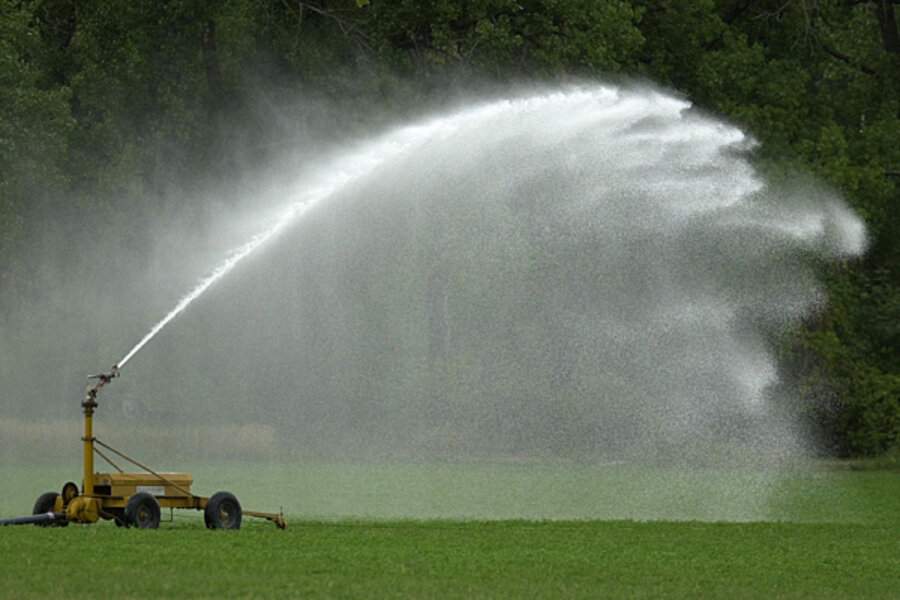Ogallala aquifer: Could critical water source run dry?
Loading...
A critical water source for U.S. farmers and ranchers is being depleted at a rapid rate and nearly 70 percent of it will disappear within the next 50 years if the current trend does not change, according to a report issued this week.
Thirty percent of the groundwater from a critical portion of what is known as the High Plains Aquifer already has been pumped and another 39 percent will be depleted over the next five decades, according to the report by environmental science and engineering experts published on Monday in the Proceedings of the National Academy of Sciences.
The report said limited water supplies will begin to have a significant impact on food production over the next few decades. It laid out different scenarios for how targeted reductions in water usage made now could extend peak agricultural production for many more decades. It said cutting back water use from the aquifer by 20 percent now, for instance, would reduce agricultural production in the near term but would extend the longevity of production well into 2070.
"It is generally understood the groundwater is going down. At some point in the future we need to use less water," said David Steward, a professor of civil engineering at Kansas State University who participated in the study. "We tried to put together some information to help with the planning process. If we are able to save more now, it's going to make the decline that we have more gradual."
The study examined in depth the portion of the High Plains Aquifer in the western part of Kansas, generally the largest wheat-growing state in the country.
The High Plains aquifer system, including a portion known as the Ogallala aquifer, is one of the world's largest. It covers an area of approximately 174,000 miles under portions of South Dakota, Nebraska,Wyoming, Colorado, Kansas, Oklahoma, New Mexico and Texas.
The aquifer is tapped to irrigate corn, soybeans, wheat and other crops, sustain cattle and other livestock, and for drinking water for millions of people throughout the region.
The researchers said current water policies have not translated to significant reductions in use of the groundwater - people are simply pumping until wells run dry. Although their focus was on western Kansas, they said balancing the water needs of the present with the long-term needs of the future is a global concern.
"Although consumption of freshwater supplies has not yet crossed a potentially dangerous planetary threshold, crop yields have begun to fall in many regions because of water scarcity, and global food security remains a worldwide concern," the report said. "There is a clear need for society to become prepared for the consequences of reductions in groundwater use that shall occur in the foreseeable future."
The study took four years to complete and included an examination of thousands of water usage reports, well readings, climate data and other information, said Steward, one of six co-authors of the study.
(Reporting by Carey Gillam; Editing by Dan Grebler)







